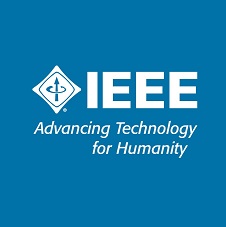Abstract
Health Information Technology (HIT) is becoming popular these days because of its immense benefits such as improving quality, efficiency and healthcare delivery. HIT can be used to provide medical services to patients from a distance typically via Internet or mobile phone services like SMS. Similarly, remote patient monitoring is a form of HIT that brings together the fields of information technology and medical sciences. Remote patient monitoring allows patients suffering from different diseases particularly chronic to be monitored, in order to have constant care. With remote patient application cost involved in managing a disease can be reduced and at the same time overcome the limitation of lack of specialists, resources, etc. Remote patient monitoring will be more interactive if it utilized Electronic Health Record (EHR) and Clinical Decision Support System (CDSS), because very often a response or decision is required when patients send their data to the healthcare centre in case of emergency. Also time spent on patients will be reduced, since the system will help doctors in making decision about their patients. However, nearly all the available remote monitoring applications are based on architectures that do not include CDSS feature, or are based on architectures that separate between Electronic Health Record (EHR) and CDSS module which are normally associated with interoperability problems. In this work we propose a complete remote patient monitoring architecture which uses EHR to make decision about patients suffering from diabetes.








